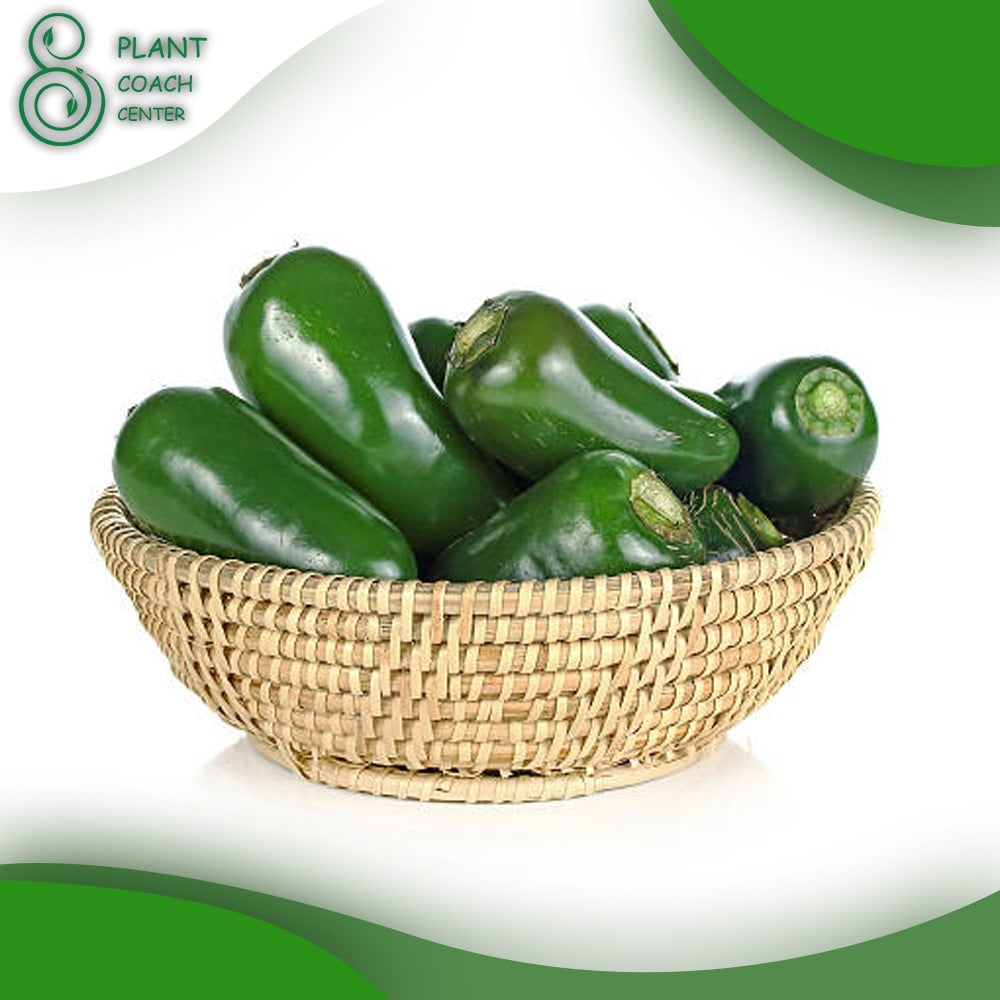When to Plant Jalapenos
Jalapenos, with their fiery flavor and versatility, have gained immense popularity among gardeners and food enthusiasts. The key to a successful jalapeno harvest lies in understanding the optimal planting time. In this comprehensive guide, we will delve into the factors influencing planting time, provide detailed instructions on preparing the soil, starting seeds, transplanting, watering, fertilization, pest and disease management, harvesting, and more. Whether you’re a seasoned gardener or a beginner, this article will equip you with the knowledge to grow thriving jalapeno plants in Texas.
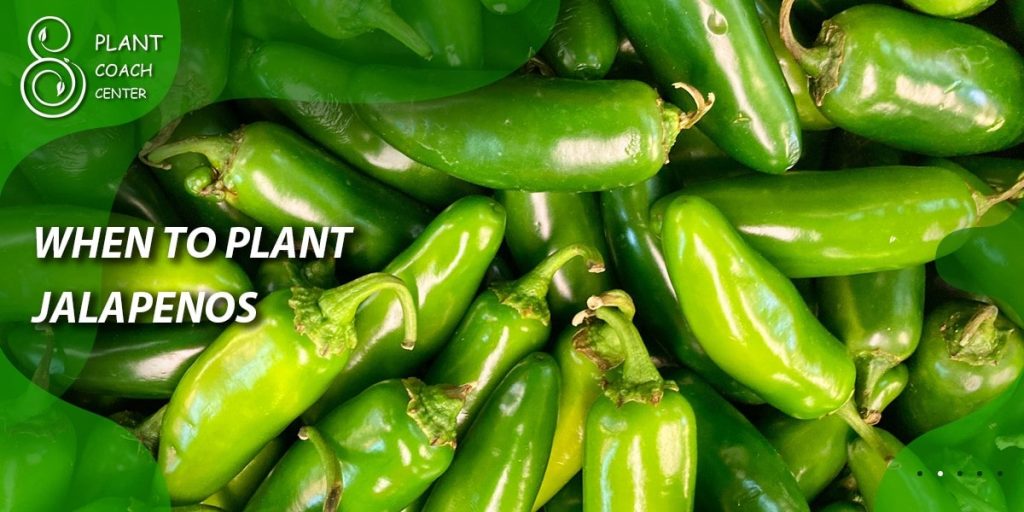
Understanding Jalapeno Plants
Jalapenos, scientifically known as Capsicum annuum, belong to the nightshade family. Here are the essential aspects to grasp about jalapeno plants:
– Varieties of jalapeno peppers: Jalapenos come in various cultivars, each with its unique characteristics and heat levels. Some popular varieties include Early Jalapeno, Mucho Nacho, and Tam Jalapeno.
– Growth habits: Jalapeno plants are compact and typically grow to a height of 2 to 3 feet. They produce glossy, green fruits that gradually ripen to red if left on the plant.
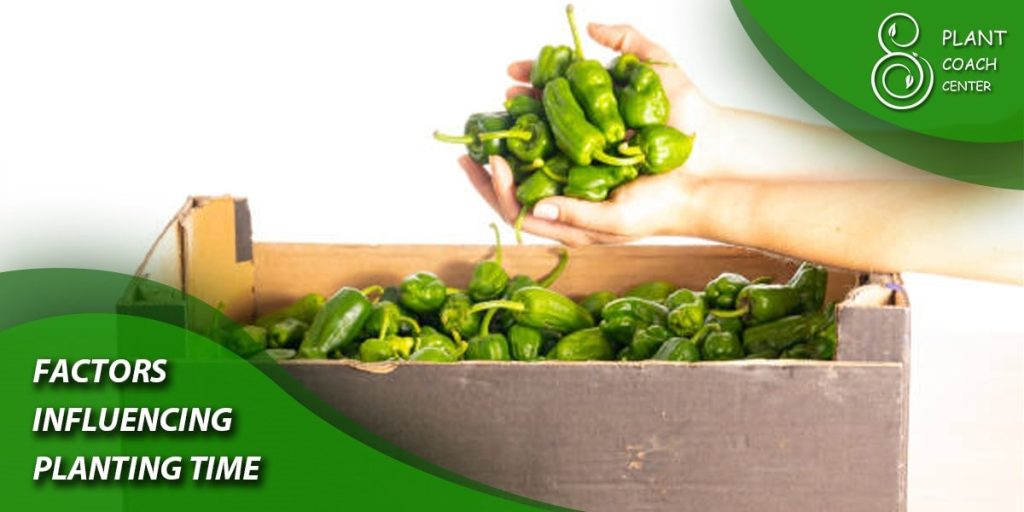
Factors Influencing Planting Time
Several factors influence the ideal time to plant jalapenos in Texas. Let’s explore these considerations:
– Climatic considerations in Texas: Texas has diverse climates, ranging from the hot and arid regions of West Texas to the humid coastal areas. Understanding your specific climate zone is crucial for successful jalapeno cultivation.
– Frost dates and temperature thresholds: Jalapenos are sensitive to frost, so it’s important to know the average last spring frost date and the first fall frost date in your area. Jalapenos thrive in warm temperatures, with an optimal range between 70°F and 90°F.
– Microclimates and regional variations: Texas encompasses several regions, each with its unique microclimates. Factors such as elevation, proximity to bodies of water, and local weather patterns can create variations within the state.
For detailed information and personalized guidance on determining the ideal planting time for jalapenos in your specific region, visit PlantCoachCenter.com.
Determining the Ideal Planting Time
To maximize the chances of a successful jalapeno harvest, it is essential to determine the ideal planting time. Consider the following:
– Importance of local knowledge and research: Local gardening resources, agricultural extensions, and fellow gardeners can provide valuable insights into the best planting times for jalapenos in your area.
– The role of USDA hardiness zones: USDA hardiness zones offer a standardized system to identify suitable planting times. For jalapenos, the recommended zones in Texas are typically Zone 8 to Zone 10.
– Recommended planting windows for different regions in Texas: By analyzing historical weather data and considering local climatic conditions, you can identify the optimal planting windows for your specific region.
Remember that the ideal planting time may vary slightly depending on your microclimate and local conditions. Observing the weather patterns and adapting accordingly will help you make informed decisions.
Preparing for Planting
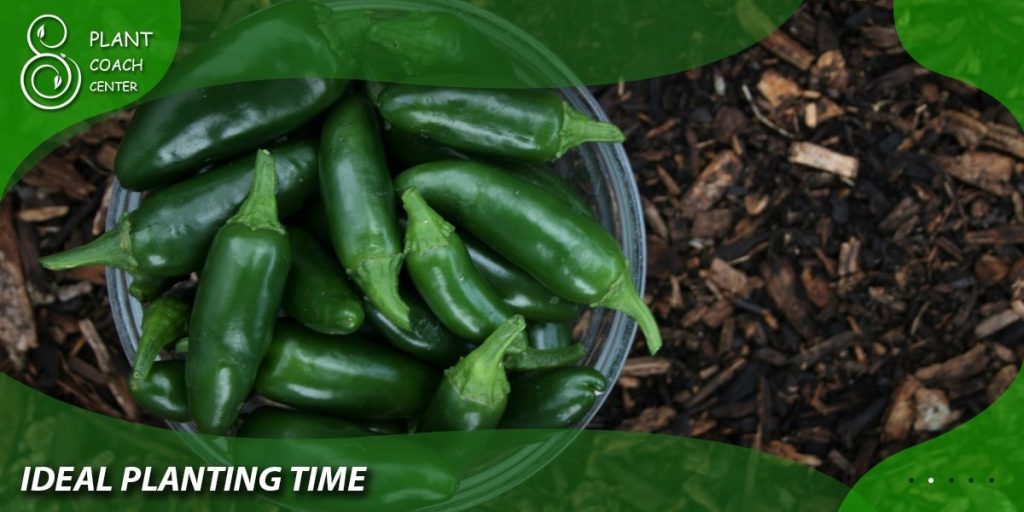
Preparing the soil adequately is crucial for the healthy growth of jalapeno plants. Follow these steps to create an ideal growing environment:
– Soil preparation techniques:
– Start by removing any weeds or unwanted vegetation from the planting area.
– Loosen the soil using a garden fork or tiller to improve drainage and root penetration.
– Incorporate organic matter such as compost or well-rotted manure to enhance soil fertility and structure.
– Soil pH and nutrient levels:
– Test the soil pH using a soil testing kit or by sending a sample to a local agricultural extension.
– Jalapenos prefer slightly acidic soil with a pH range between 6.0 and 6.8.
– Adjust the pH if necessary using organic soil amendments, such as sulfur to lower pH or lime to raise ph.
– Consider conducting a comprehensive soil test to determine nutrient deficiencies and address them with appropriate fertilizers.
Preparing for Planting
Starting Seeds Indoors
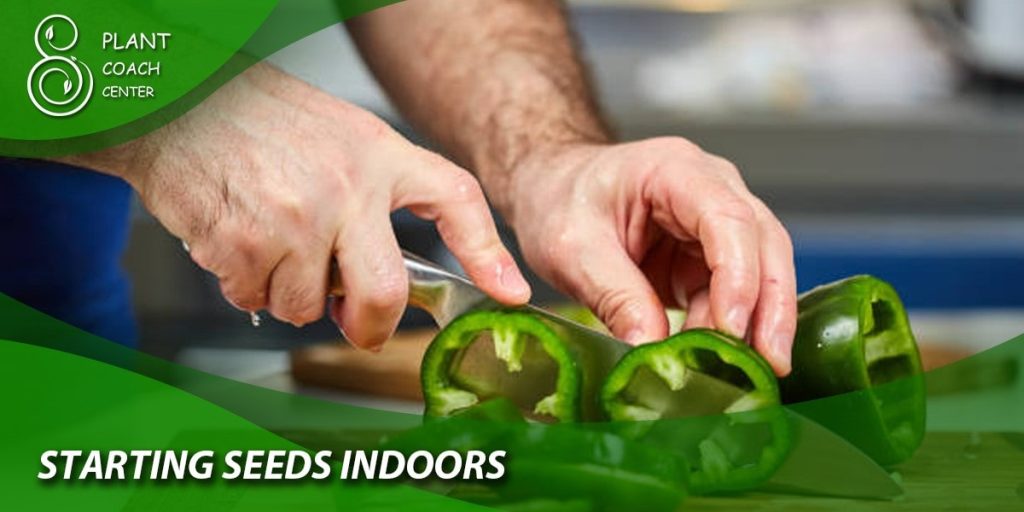
Starting jalapeno seeds indoors gives you a head start and increases the chances of a successful harvest. Here’s what you need to know:
– Benefits and considerations of seed starting:
– Seed starting allows for better control over the growing conditions and helps extend the growing season.
– Start seeds indoors 6-8 weeks before the last spring frost date to give the plants ample time to develop before transplanting them outdoors.
– Selecting high-quality seeds and seedling trays:
– Purchase seeds from reputable suppliers or save seeds from mature jalapeno peppers.
– Use seedling trays or pots with good drainage to prevent waterlogging and root rot.
– Optimal indoor growing conditions:
– Place the seed trays in a warm and well-lit location, such as near a south-facing window or under grow lights.
– Maintain a temperature of around 70°F to encourage germination.
– Keep the soil consistently moist but avoid overwatering to prevent damping-off disease.
Transplanting Seedlings
When the seedlings have developed several sets of leaves and the outdoor conditions are favorable, it’s time to transplant them into the garden. Follow these steps for successful transplanting:
– Harden-off process and gradual acclimation:
– Expose the seedlings to increasing amounts of outdoor conditions over a period of 7-10 days to acclimate them to sunlight, wind, and temperature fluctuations.
– Choosing the right planting location:
– Select a sunny spot in the garden with well-drained soil.
– Ensure the location is sheltered from strong winds, as jalapeno plants have delicate stems.
– Proper spacing and companion planting:
– Space the plants 12-18 inches apart to allow for adequate air circulation and prevent overcrowding.
– Consider planting companion plants such as basil, marjoram, or tomatoes to enhance growth and deter pests.
Direct Seeding in the Garden
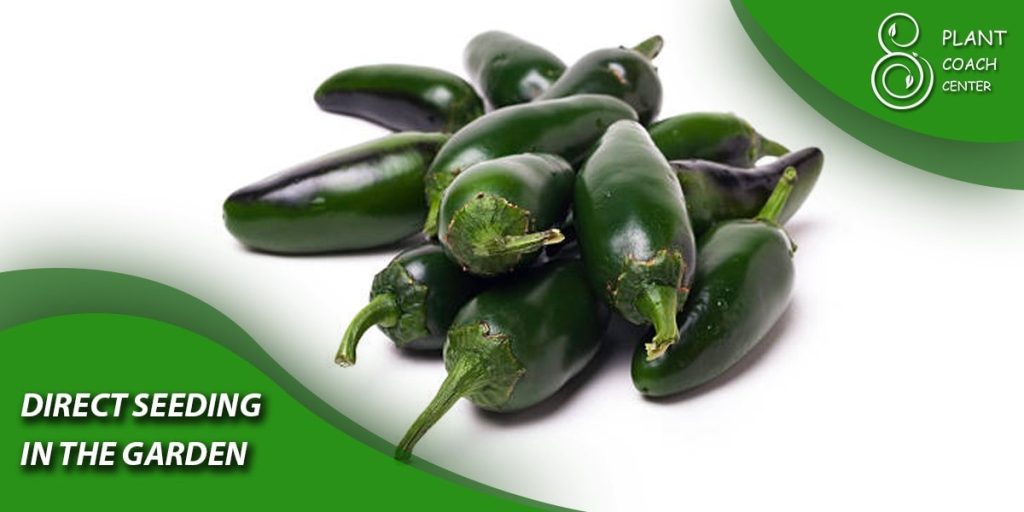
If you prefer to skip the indoor seed starting process, direct seeding is another option. Follow these guidelines for successful direct seeding:
– Conditions for successful direct seeding:
– Wait until the soil temperature reaches at least 60°F for optimal germination.
– Ensure the soil is well-drained and has been adequately prepared.
– Seed depth and spacing guidelines:
– Plant the seeds about ¼ to ½ inch deep in the soil.
– Space the seeds 2-3 inches apart in rows that are 18-24 inches apart.
– Techniques for protecting seeds from pests and birds:
– Use row covers or protective netting to prevent birds and small animals from accessing the seeds.
– Apply organic pest deterrents or create physical barriers to safeguard the emerging seedlings.
Watering and Irrigation
Proper watering is crucial for the health and productivity of jalapeno plants. Follow these guidelines to ensure optimal hydration:
– Understanding the water needs of jalapenos:
– Jalapeno plants require regular and consistent moisture throughout the growing season.
– Aim for deep watering rather than frequent shallow watering to encourage deep root development.
– Establishing proper watering schedules:
– Water the plants deeply once or twice a week, providing approximately 1 inch of water per week.
– Adjust the watering frequency based on weather conditions, soil moisture levels, and plant needs.
– Efficient irrigation methods for jalapeno plants:
– Drip irrigation or soaker hoses are ideal for delivering water directly to the root zone while minimizing water waste.
– Mulching around the plants helps retain soil moisture, reduce weed growth, and regulate soil temperature.
Fertilization and Nutrient Management
To support the vigorous growth and fruit production of jalapeno plants, proper fertilization is essential. Consider the following:
– Essential nutrients for jalapeno growth:
– Nitrogen (N), phosphorus (P), and potassium (K) are the primary macronutrients required by jalapenos.
– Secondary nutrients such as calcium (Ca), magnesium (Mg), and sulfur (S) are also important.
– Organic and synthetic fertilizers:
– Organic options include compost, well-rotted manure, and organic fertilizers specifically formulated for vegetables.
– Synthetic fertilizers with balanced NPK ratios can be used, following package instructions for application rates.
– Timing and application rates for optimal results:
– Apply fertilizer before planting or during soil preparation to provide a nutrient-rich environment.
– Side-dress or top-dress with additional fertilizer during the growing season to sustain plant growth and fruit development.
Regularly monitor the plants for signs of nutrient deficiencies or excesses and adjust the fertilization accordingly.
Managing Pests and Diseases
Jalapeno plants, like any other crop, can be susceptible to pests and diseases. Here’s how to effectively manage them:
– Common pests affecting jalapeno plants:
– Aphids, flea beetles, tomato hornworms, and spider mites are common pests that may target jalapenos.
– Implement integrated pest management (IPM) strategies, including cultural, mechanical, and biological controls.
– Organic pest control methods:
– Encourage beneficial insects like ladybugs and lacewings that prey on pests.
– Use insecticidal soaps, neem oil, or homemade organic sprays to control pests.
– Identifying and treating common diseases:
– Watch for diseases such as bacterial spot, powdery mildew, and root rot.
– Practice good sanitation, provide proper air circulation, and avoid overwatering to prevent disease issues.
– Use disease-resistant varieties when available.
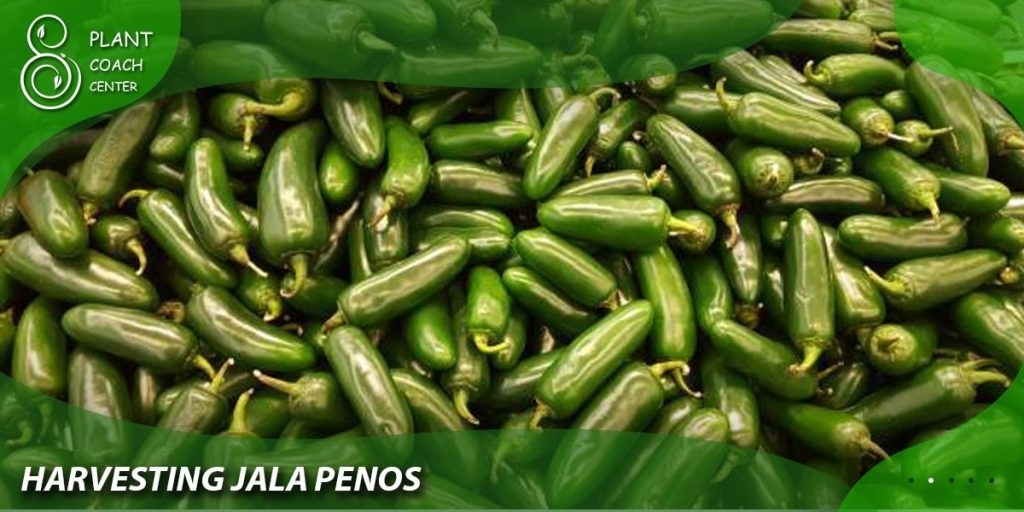
Harvesting Jalapenos
Harvesting jalapenos at the right time ensures optimal flavor and quality. Use these guidelines for a bountiful harvest:
– Determining jalapeno maturity:
– Jalapenos can be harvested at different stages of maturity, depending on personal preference.
– Generally, jalapenos are ready for harvest when they reach a vibrant green color and have firm flesh.
– Leaving the jalapenos on the plant longer allows them to ripen and turn red, but they will become hotter.
– Harvesting techniques:
– Use garden shears or a sharp knife to cut the jalapeno stems carefully.
– Avoid pulling or twisting the peppers, as this may damage the plant.
– Regular harvesting promotes continued production:
– Harvest jalapenos regularly to encourage the plant to produce more peppers.
– Check the plants every few days during the peak harvest period.
– Handling harvested jalapenos:
– Handle the harvested jalapenos with care to avoid bruising or damaging the peppers.
– Store them in a cool and dry place or use them immediately for culinary purposes.
Harvesting Jalapenos
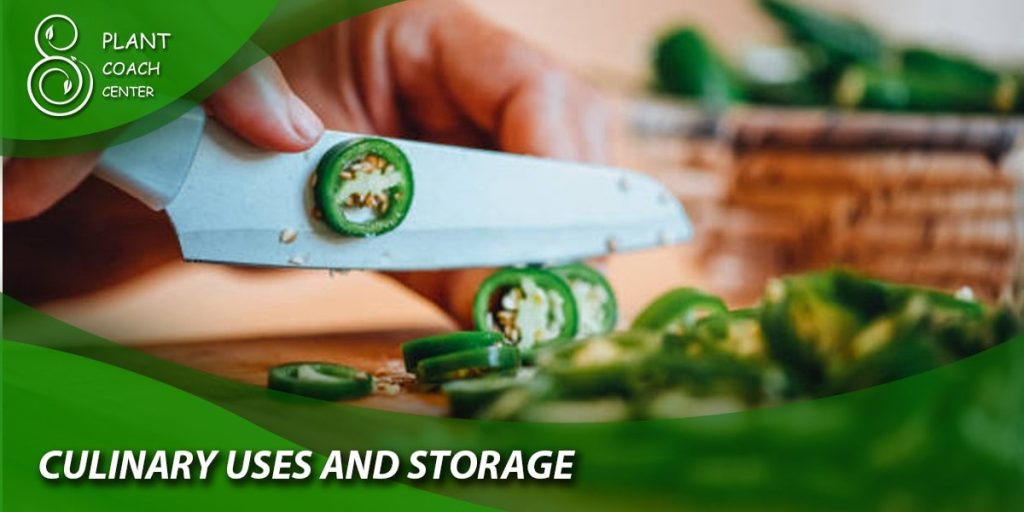
Culinary Uses and Storage
Jalapenos add a delightful kick to various dishes and can be enjoyed in several ways. Consider these culinary uses and storage tips:
– Culinary versatility:
– Use freshly harvested jalapenos in salsas, guacamole, nachos, and other Mexican-inspired dishes.
– Pickle jalapenos to create tangy and spicy condiments.
– Incorporate sliced or diced jalapenos into stir-fries, salads, and sandwiches for added flavor.
– Storing jalapenos:
– Fresh jalapenos can be stored in the refrigerator for up to 2 weeks.
– To extend their shelf life, consider freezing or drying jalapenos.
– Freezing jalapenos: Wash, remove the seeds if desired, and store in airtight containers or freezer bags.
– Drying jalapenos: String the peppers together and hang them in a well-ventilated area until fully dried. Alternatively, use a food dehydrator or oven at a low temperature.
Conclusion: Growing Thriving Jalapeno Plants
Growing jalapenos can be a rewarding experience for gardeners and spice enthusiasts alike. By understanding the optimal planting time, preparing the soil, starting seeds, transplanting, providing adequate water and nutrients, managing pests and diseases, and harvesting at the right time, you can cultivate thriving jalapeno plants in Texas.
Remember to visit PlantCoachCenter.com for the complete comprehensive guide on planting jalapenos. Whether you’re a beginner or an experienced gardener, the website offers valuable resources, personalized guidance, and additional information to ensure your jalapeno growing journey is successful.
When should I plant jalapenos?
Spring.
Can I plant jalapenos in the winter?
No.
Is it better to plant jalapenos indoors or outdoors?
Outdoors.
What is the recommended planting time for jalapenos?
Late spring or early summer.


